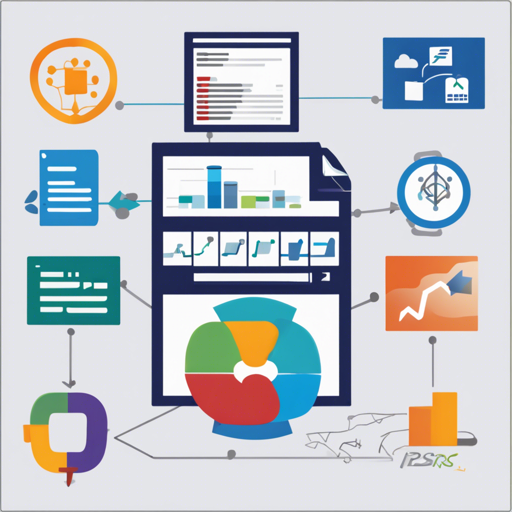In the realm of business intelligence and reporting, Microsoft Report Server offers robust solutions for managing and generating reports. This guide aims to help you navigate the setup and utilization of Microsoft SQL Server Reporting Services (SSRS) and Power BI Report Server (PBIRS) with user-friendly instructions.
Step-by-Step Installation Guide
Before delving into report generation, setting up the necessary reporting tools is key. Below are links to relevant software required for SSRS and PBIRS:
- Power BI Report Server
- SQL Server 2022 Reporting Services
- SQL Server 2019 Reporting Services
- Visual Studio
- Reporting Services Projects 2022 for Visual Studio
- SQL Server Management Studio
- Azure Data Studio
- Azure DevOps Services
- Notepad++
Understanding Report Creation
Once the tools are set up, you can create various types of reports using SSRS. Below is a brief explanation of common report templates and their purposes:
- Report Listing – A comprehensive report for querying deployed reports and their related logs.
- Report Subscriptions – Used to analyze deployed report subscriptions and schedules.
- Report Execution Log – Allows tracking of the execution logs of reports within the server.
- Heat Map Calendar – A detailed calendar view displaying reports through a heat map gradient.
Code Explanation Through Analogy
Let’s break down the process of report generation with an analogy:
Think of creating a report like filling a cup with water. You need a source (the water) to fill the cup (the report). SSRS is your faucet. Depending on how you turn the faucet handle (the configuration you apply), you can fill your cup with different types of water (reports). You can even add flavors (filters and parameters) to enhance the water’s taste (tailor the reports to meet specific needs). By utilizing SSRS effectively, you can quench the thirst for data insights efficiently.
Troubleshooting Common Issues
While working with SSRS and PBIRS, you may encounter some challenges. Here are some common issues and troubleshooting tips:
- Issue: Reports not loading or displaying errors.
- Solution: Ensure the report server is running correctly and your SQL Server is connected to the report data sources.
- Issue: Issues with report subscriptions.
- Solution: Verify your subscription settings and ensure the execution schedules are correctly configured.
- Issue: Difficulty accessing the report logs.
- Solution: Check user permissions and ensure SQL Server Reporting Services has access to the report logs.
For more insights, updates, or to collaborate on AI development projects, stay connected with fxis.ai.
Final Thoughts
Mastering SSRS and PBIRS will empower your reporting capabilities. Whether you’re generating detailed reports or creating complex subscriptions, leveraging these tools can enhance your business intelligence strategy.
At fxis.ai, we believe that such advancements are crucial for the future of AI, as they enable more comprehensive and effective solutions. Our team is continually exploring new methodologies to push the envelope in artificial intelligence, ensuring that our clients benefit from the latest technological innovations.

